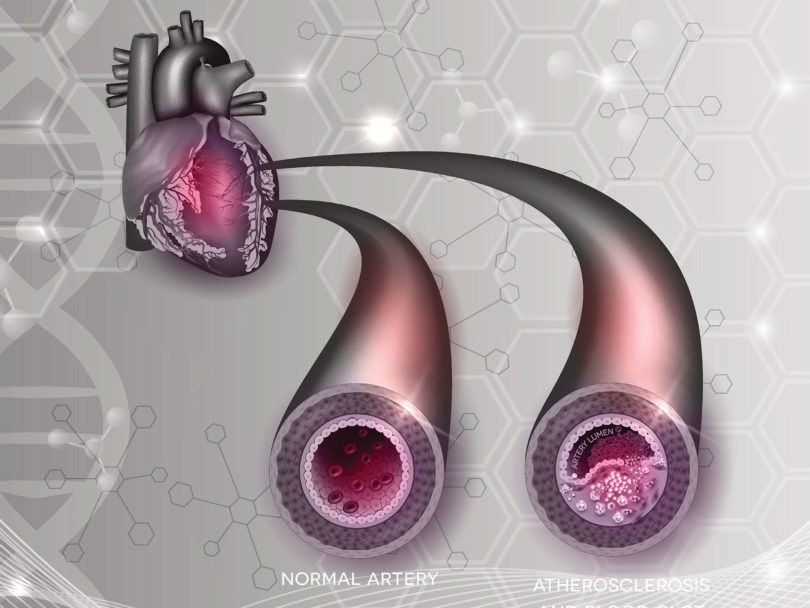As many as 900,000 people in the United States are affected by deep vein thrombosis (DVT) and/or pulmonary embolism (PE) each year, with death rates higher than those of breast cancer, traffic accidents and HIV combined. Until recently, treatment options for these life-threatening conditions were limited to medications to dissolve clots, filters to capture clots that break free or invasive surgeries that create their own risks. Fortunately, there is another option and it’s right in our own backyard.
Sentara Norfolk General Hospital is the first healthcare facility in the region to offer a new, minimally invasive procedure to remove clots using a clot vacuum, also known as AngioVac. This procedure is not your typical game changer: it represents a giant leap forward in altering life-threatening conditions while minimizing the health impacts of procedures like open heart surgery.
Dr. David Dexter, a Sentara vascular surgeon who has performed this procedure on more than 50 patients to date, explains the vacuum analogy is spot-on, as the clots are literally suctioned out of the body. The ability to move a large volume of blood out of the body, filter it and return it to the body, is instrumental in avoiding massive blood loss, he says.
Due to the level of multi-disciplinary specialists required, this new procedure is not “something that a patient can typically walk into a doctor’s office and request.” Dexter says he hopes the local medical community will see this not in competition with open-heart surgery, but as as a new option in their work with patients who experience clot related disorders, as 50 percent will have a recurrence within 10 years.
Sentara’s optimism for the future of this technique, and its impact on the quality of life for patients, was voiced loud and clear as Dexter talked about the ongoing improvements in his work. Already, his team has seen the time of the procedure go from about six hours down to as little as one hour.
The procedure itself involves inserting thin tubes into two major veins through the neck or groin area. Guided by X-ray and ultrasound, the tubes are advanced toward the affected area. Balloon-shaped funnel tips attached to the circuit portion of the clot vacuum, then create a bypass, allowing blood to be filtered outside the body while the clot is removed. Once it is removed, a reinfusion tube sends the filtered blood back to the body, greatly minimizing blood loss.
As with any medical procedure, there are patients who are better suited for this intervention than others. Considerations regarding the nature of the clot, its location, adherence to surrounding tissue and pre-existing health conditions are among the determining factors. Dexter’s pointed advice for patients who might face DVT/PE issues is to have a discussion with their doctors about their risk factors and review what treatment options are available.
Dexter has successfully removed clots from the heart’s right atrium, inferior vena and superior vena cava, as well as the iliac vein. He was also one of the first in the country to use this new technology to remove a blood blot from a pediatric patient’s right atrium. These aren’t simply game changers, these are miracles of modern medicine.
Unlike more invasive measures, there are no activity restrictions post-procedure. Dexter points out he wants his patients “up and walking as soon as possible.” This can result in a patient undergoing the removal of a blood clot and returning to work within two days.
Asked about a typical candidate for the procedure, Dexter points out the common factor among those he works on is the failure of other methods to remove clots and, therefore, the clot vacuum is an “end stage option.” His team’s ability to remove life-threatening clots unresponsive to blood thinners, from clogged filters and from multiple areas of the body gives added hope to those who suffer from DVT/PE.







